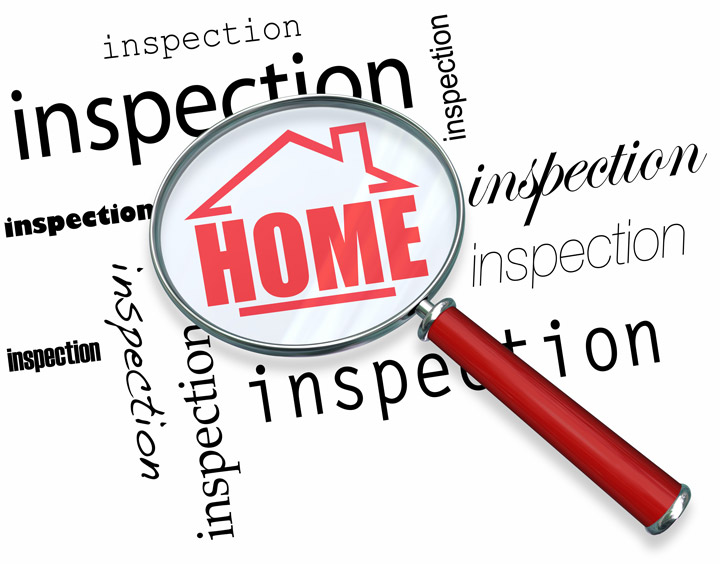
What Are the Components of an Appraisal?A home purchase is the largest transaction most of us might ever make. Whether it's a main residence, an additional vacation home or a rental fixer upper, the purchase of real property is a detailed transaction that requires multiple people working in concert to pull it all off. You're likely to be familiar with the parties having a role in the transaction. The real estate agent is the most known entity in the transaction. Then, the mortgage company provides the financial capital required to bankroll the deal. And the title company sees to it that all details of the exchange are completed and that the title is clear to transfer to the buyer from the seller. To learn more about appraising call us today to talk about your specific property. So, what party makes sure the value of the real estate is in line with the amount being paid? This is where the appraiser comes in. We provide an unbiased opinion of what a buyer might expect to pay — or a seller receive — for a parcel of real estate, where both buyer and seller are informed parties. A licensed, certified, professional appraiser from EAC Real Estate Ventures & Appraisals will ensure, you as an interested party, are informed. The inspection is where an appraisal beginsOur first responsibility at EAC Real Estate Ventures & Appraisals is to inspect the property to determine its true status. We must see aspects of the property first hand, such as the number of bedrooms and bathrooms, the location, living areas, etc, to ensure they truly exist and are in the shape a reasonable person would expect them to be. To make sure the stated size of the property is accurate and convey the layout of the home, the inspection often entails creating a sketch of the floorplan. Most importantly, the appraiser identifies any obvious features - or defects - that would affect the value of the house. Back at the office, we use two or three approaches to determining the value of real property: a sales comparison, a replacement cost calculation, and an income approach when rental properties are prevalent. 
Cost ApproachHere, we analyze information on local building costs, the cost of labor and other factors to figure out how much it would cost to construct a property comparable to the one being appraised. This estimate commonly sets the upper limit on what a property would sell for. It's also the least used predictor of value. 
Sales ComparisonAppraisers get to know the communities in which they work. They innately understand the value of certain features to the residents of that area. Then, the appraiser looks up recent sales in close proximity to the subject and finds properties which are 'comparable' to the home being appraised. By assigning a dollar value to certain items such as upgraded appliances, extra bathrooms, additional living area, quality of construction, lot size, we add or subtract from each comparable's sales price so that they are more accurately in line with the features of subject property.
After all differences have been accounted for, the appraiser reconciles the adjusted sales prices of all the comps and then derives an opinion of what the subject could sell for. When it comes to putting a value on features of homes EAC Real Estate Ventures & Appraisals can't be beat. This approach to value is most often awarded the most consideration when an appraisal is for a home exchange. Valuation Using the Income ApproachIn the case of income producing properties - rental houses for example - we may use an additional approach to value. In this scenario, the amount of revenue the real estate produces is factored in with other rents in the area for comparable properties to give an indicator of the current value. The Bottom LineCombining information from all approaches, the appraiser is then ready to document an estimated market value for the subject property. The estimate of value on the appraisal report is not always what's being paid for the property even though it is likely the best indication of what a property is worth. There are always mitigating factors such as seller motivation, urgency or 'bidding wars' that may adjust an offer or listing price up or down. But the appraised value is typically employed as a guideline for lenders who don't want to loan a buyer more money than the property is actually worth. Here's what it all boils down to, an appraiser from EAC Real Estate Ventures & Appraisals will guarantee you attain the most fair and balanced property value, so you can make profitable real estate decisions. |